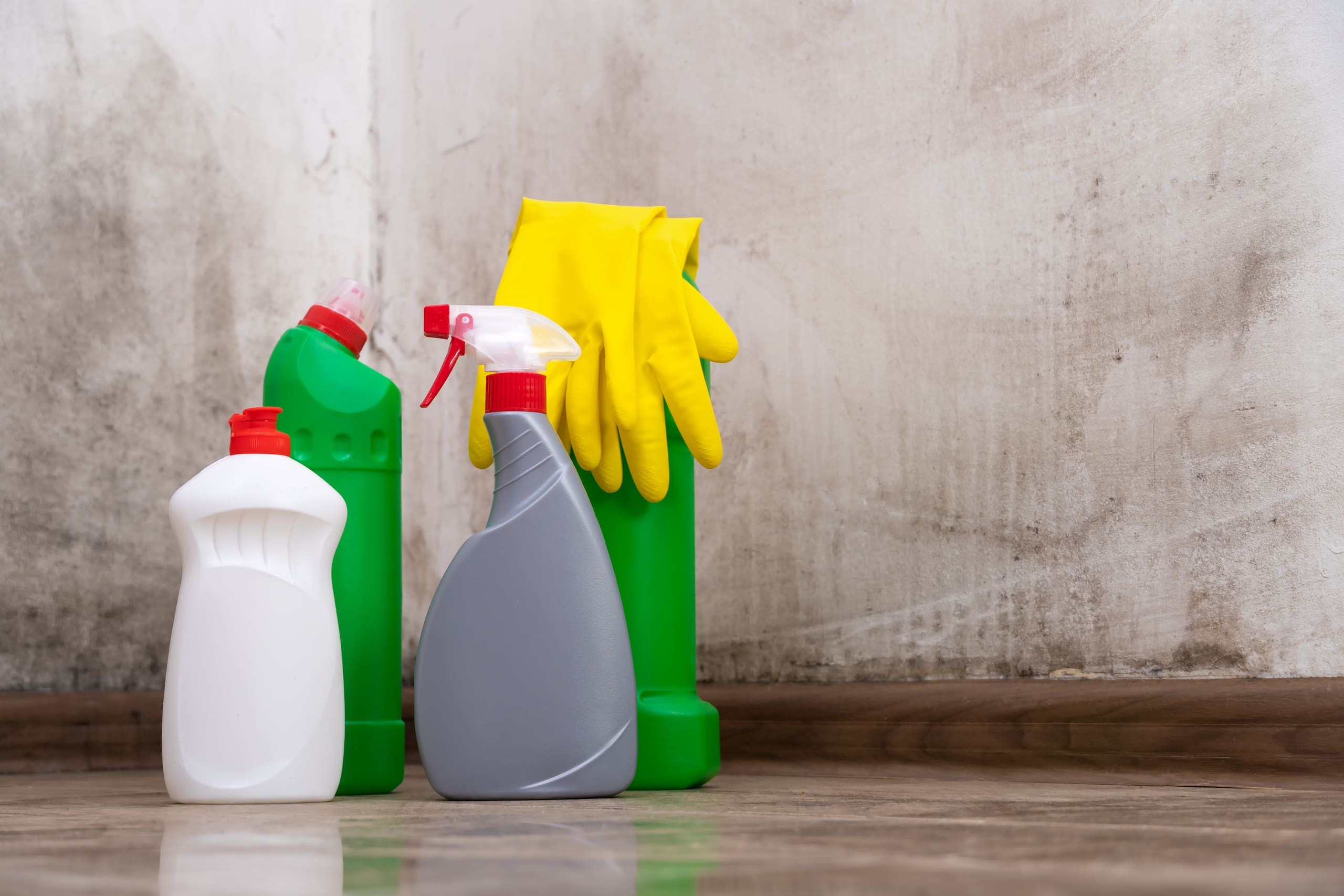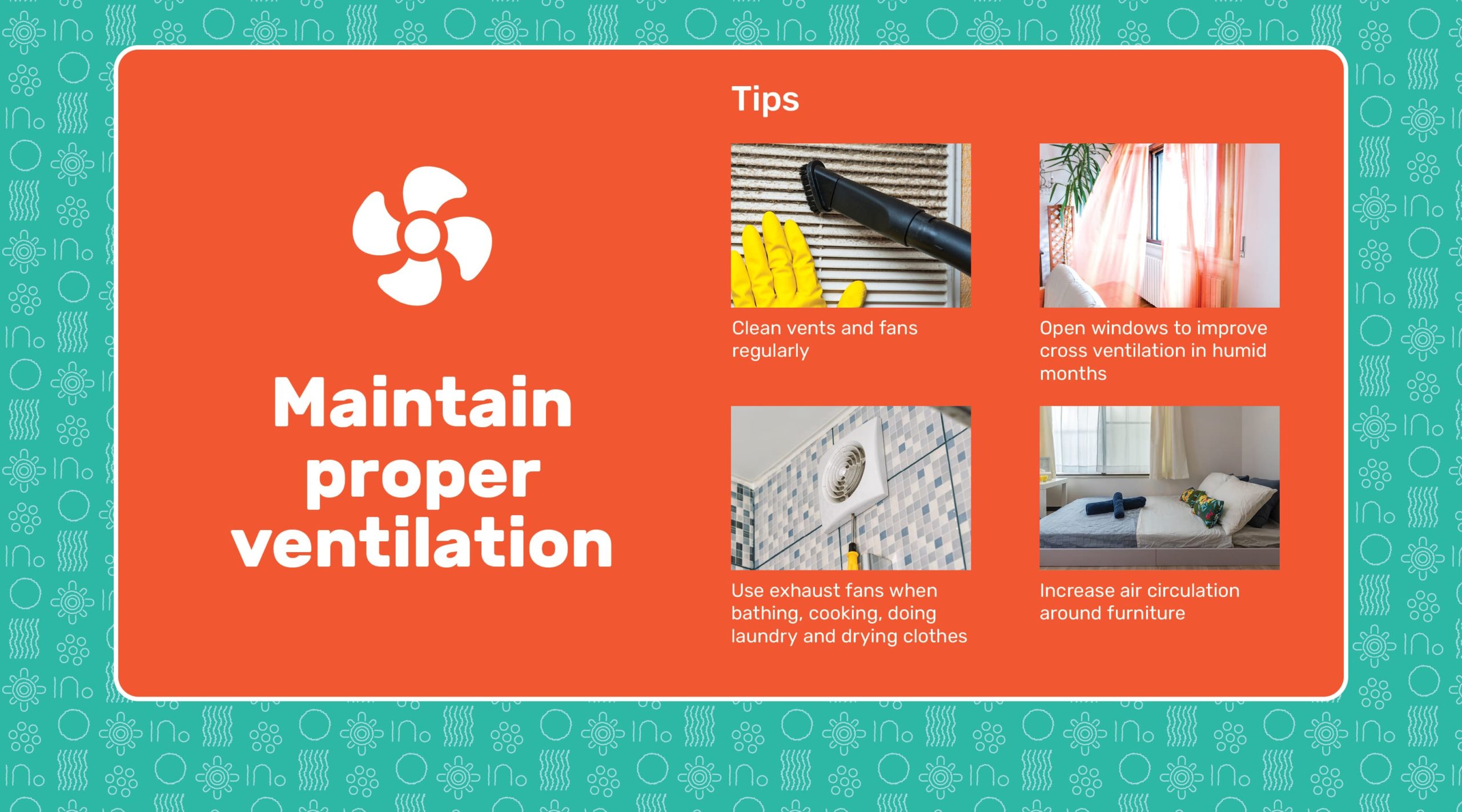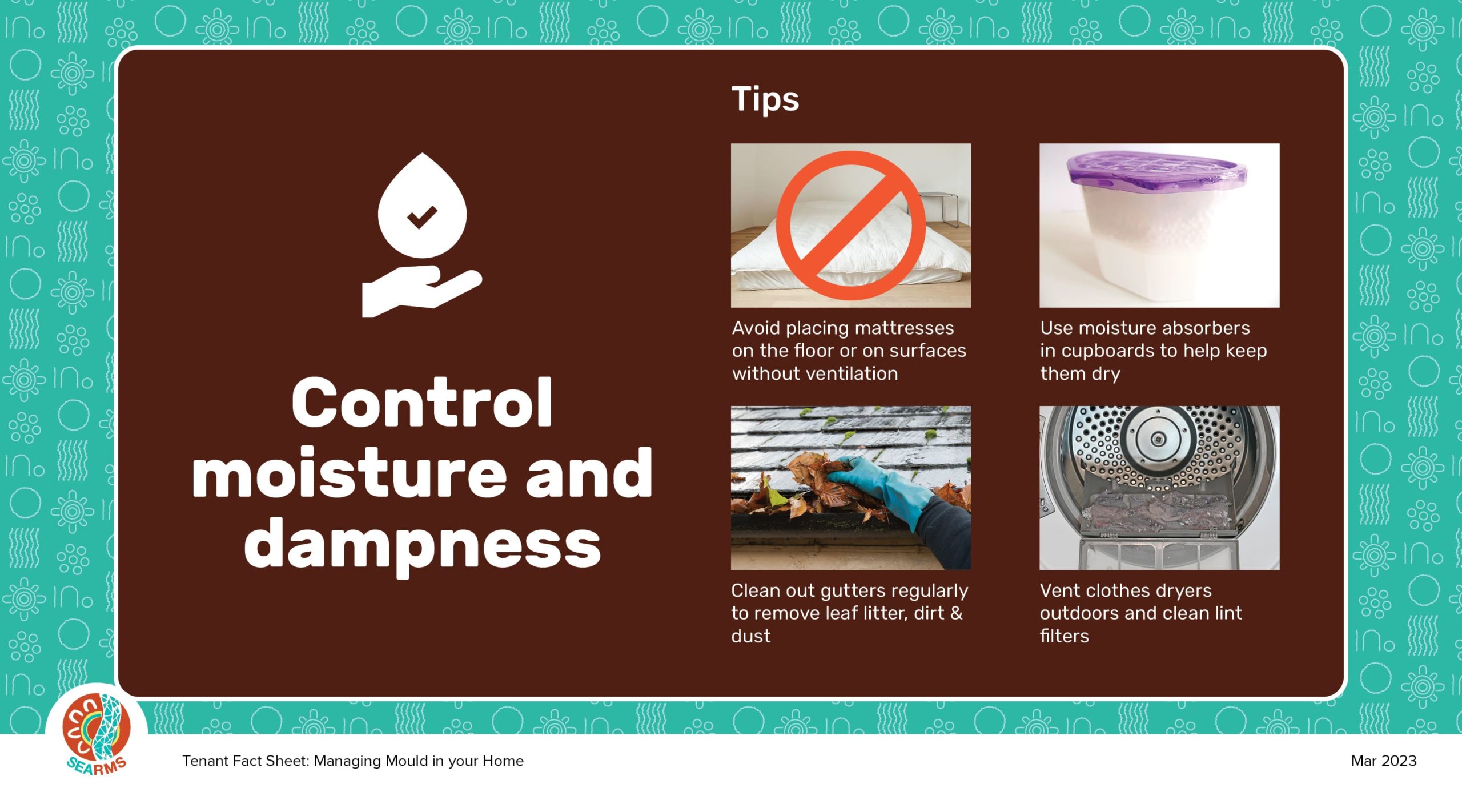Tenant Fact Sheet: Managing Condensation, Dampness and Mould in your Home
Posted on 22 Feb 2023

What is mould?
Mould is part of a group of very common organisms called fungi that also include mushrooms and yeast. It is present virtually everywhere, both indoors and outdoors.
Mould may grow indoors in wet or moist areas that lack adequate ventilation, including walls or wallpaper, ceilings, bathroom tiles, carpets (especially those with jute backing), insulation material and wood. If moisture accumulates, mould growth will often occur on indoor surfaces.
Many different types of mould exist, and they all have the potential to cause health problems.
Air mould can spring up anywhere, and it’s hard to get rid of once it’s taken hold. Here are a few simple ways to help you keep mould under control.
What causes mould to grow indoors?
Mould only grows when there is sufficient moisture on a surface or humidity in the air.
Mould will only grow in damp unventilated rooms.
Common causes include:

- Condensation from cooking, showering, and clothes drying.
- Surface areas where water is left to sit, like in bathrooms, toilets, the laundry and the kitchen.
- Poorly ventilated rooms.
- Excessive use of heaters in fully closed rooms.
- Leaky roofs and walls, including blocked gutters and downpipes.
- Leaky plumbing.
How can I prevent mould from growing in my home?
Although mould can be found almost anywhere, it needs moisture and nutrients to grow.
The most important action you can take to prevent mould growth is to reduce dampness in the home. You can keep your home free of mould and mildew with a few preventive measures.



How to prevent mould and mildew in the bathroom
Few rooms in the home see as much moisture and humidity as the bathroom. Besides making sure your bathroom stays well-ventilated, these additional actions will help.
- Use the exhaust fan to circulate the air and remove moisture more quickly.
- Spread towels out after use so that they dry more quickly.
- Minimise containers left in the shower for cleaning ease and better circulation.
- Wipe down the shower with a clean towel or squeegee after its last daily use.
- Choose shower curtains that dry and clean easily to help avoid soap residue, which fosters mould.
What the property owner will do to prevent water from getting into your home
- Fix plumbing leaks as soon as possible, for example, burst water pipes and leaking taps.
- Repair all water leaks, for example, a leaking roof or damaged gutters, windows and door seals.
- Ensure sufficient exhaust openings to the outside of the house if a fixed evaporative cooling system is installed.
- Maintain landlord-installed heating, ventilation and cooling systems according to the manufacturer’s instructions.

How can I remove mould from my home?
- For routine clean-up of mouldy surfaces, use mild detergent or vinegar diluted in a water solution (4 parts vinegar to 1 part water). In many cases, household detergent or white vinegar will be sufficient. Use a microfibre cloth and regularly rinse the dirty cloth in a separate container of clean water to prevent mould from spreading.
- If the mould is not readily removed and the item cannot be discarded, use a diluted bleach solution (250mls of bleach in 4 litres of cold water) to clean the surface. When using bleach, protective equipment is recommended: PVC or nitrate rubber gloves, safety glasses, and safety shoes. Make sure the area is well-ventilated while you are cleaning with bleach.
- Apply the cleaner and give it time to work before you mop or sponge it up. Avoid getting areas too wet, and dry the area afterwards where possible.
- Ensure the surface is dried completely once cleaned.
- Absorbent materials, such as carpets, may need to be professionally cleaned or replaced if they are contaminated with mould.
- If using a commercially available product, check the label to see how much to use and on which surfaces it can be used and always read and follow safety instructions.
To reduce the chance of mould regrowth, it is important to dry the area where the mould grew. The simplest way to dry a room is to open doors and windows to air the house thoroughly.
